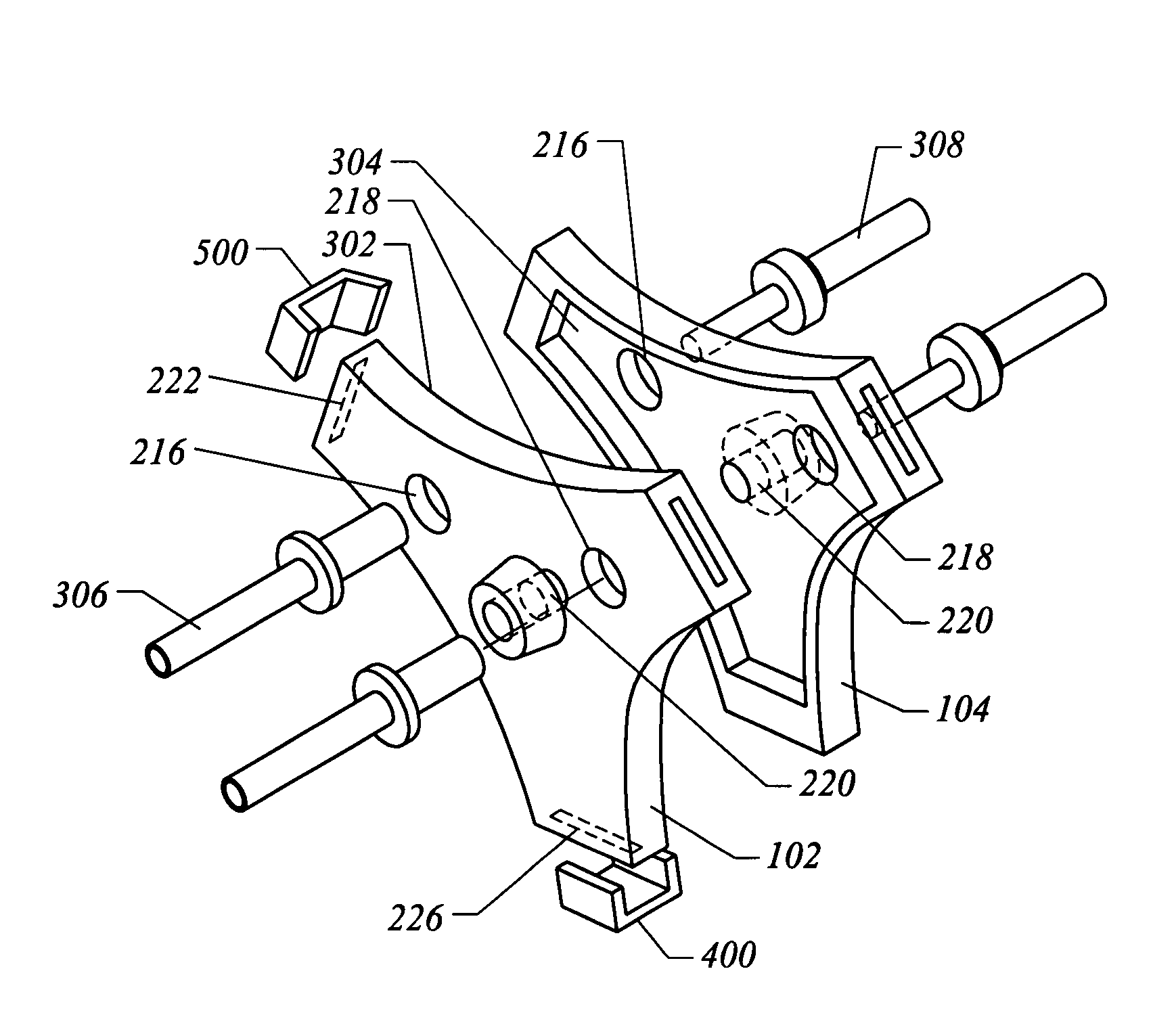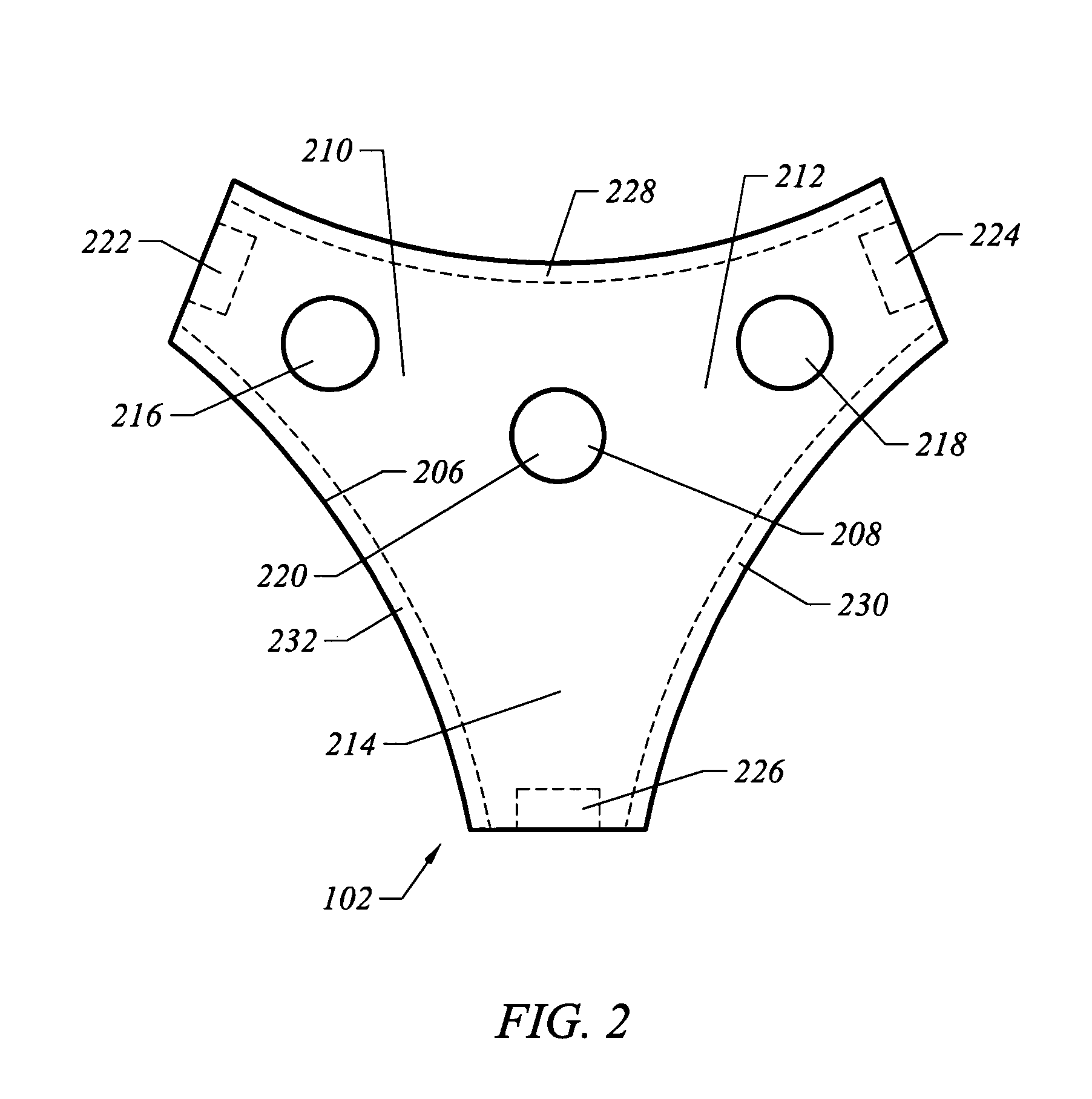Apparatus and method for electrically and mechanically connecting and disconnecting a power line
a technology of electrical and mechanical connection and power line, applied in the direction of mechanical tension arrangement, connection contact material, coupling device connection, etc., can solve the problems of long delays, severe damage to the service hardware and any structure of the utility company, inconvenience for utility customers, etc., to achieve safe and effective disconnecting of power lines
- Summary
- Abstract
- Description
- Claims
- Application Information
AI Technical Summary
Benefits of technology
Problems solved by technology
Method used
Image
Examples
Embodiment Construction
[0037]Typically a power line, such as an overhead power line or a service drop line, is directly connected at one end to a piece of electrical equipment or a structure, such as a utility pole or transformer and at a second end another structure, such as the roof of a house or building. Upon receipt of a tensional force on the power line, such as from a falling tree or branch, the tension on the power line may cause the power line to pull on the equipment or structure at either end resulting in damage to such equipment or structure, a loss of power service and a need for potentially costly repairs.
[0038]Generally, the present invention provides an apparatus and method for electrically connecting a power line to a piece of equipment or to a structure and allows the power line to disconnect from that equipment or structure upon receiving a given amount of tensional force before such tension causes damage to the equipment or structure. More specifically, in one embodiment, the present i...
PUM
| Property | Measurement | Unit |
|---|---|---|
| angle | aaaaa | aaaaa |
| angle | aaaaa | aaaaa |
| tensional force | aaaaa | aaaaa |
Abstract
Description
Claims
Application Information
 Login to View More
Login to View More - R&D
- Intellectual Property
- Life Sciences
- Materials
- Tech Scout
- Unparalleled Data Quality
- Higher Quality Content
- 60% Fewer Hallucinations
Browse by: Latest US Patents, China's latest patents, Technical Efficacy Thesaurus, Application Domain, Technology Topic, Popular Technical Reports.
© 2025 PatSnap. All rights reserved.Legal|Privacy policy|Modern Slavery Act Transparency Statement|Sitemap|About US| Contact US: help@patsnap.com



